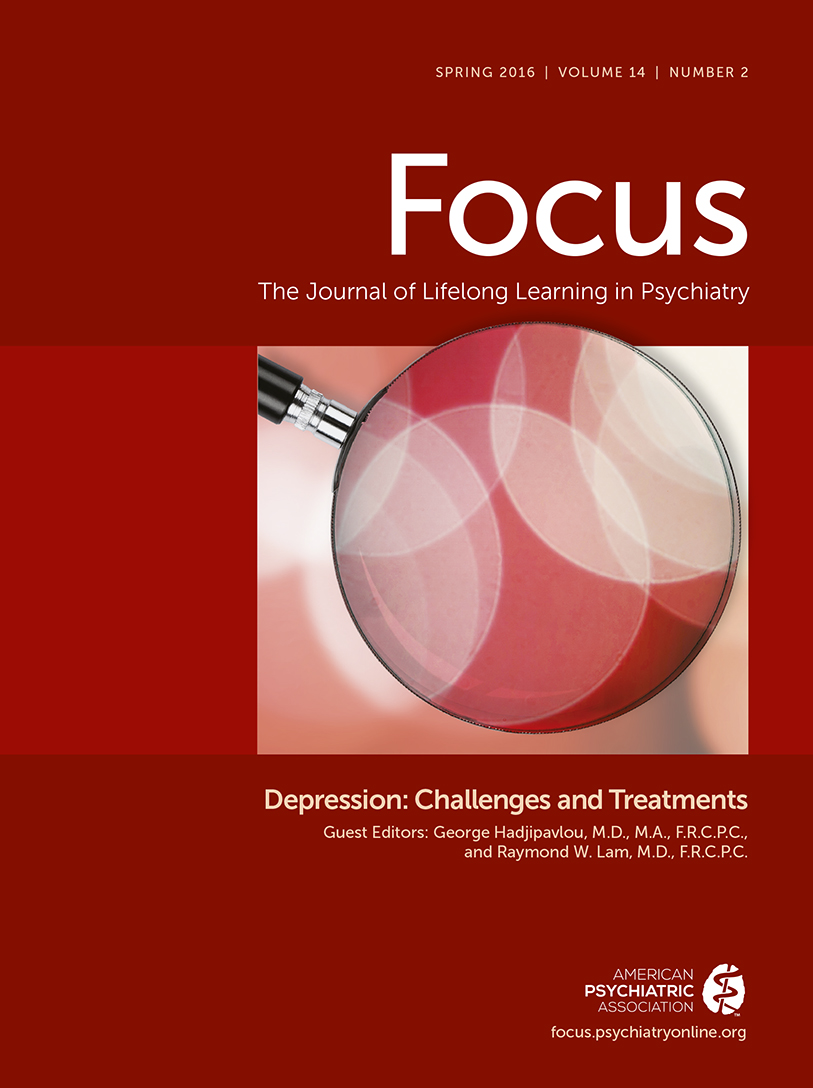Innovative Psychological Treatments for Depression
Abstract
A number of high-intensity psychosocial interventions have been shown to be as efficacious as and more enduring than medications in the treatment of nonpsychotic depression. Moreover, there have been important advances in the development of strategies to facilitate the selection of the best treatment for a given patient with a depression diagnosis. However, the demand for services is too great to be met by conventional high-intensity approaches alone. Some of the most exciting work in recent years has focused on the development of low-intensity approaches that can benefit many people and do so cost-effectively.



